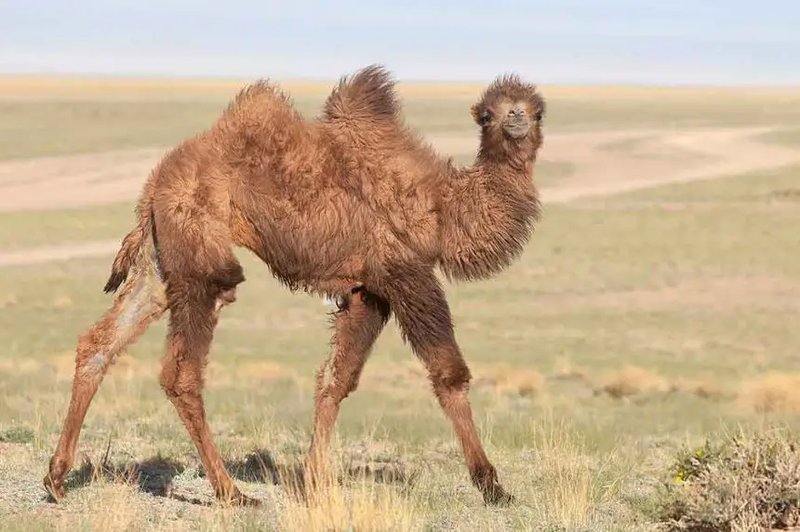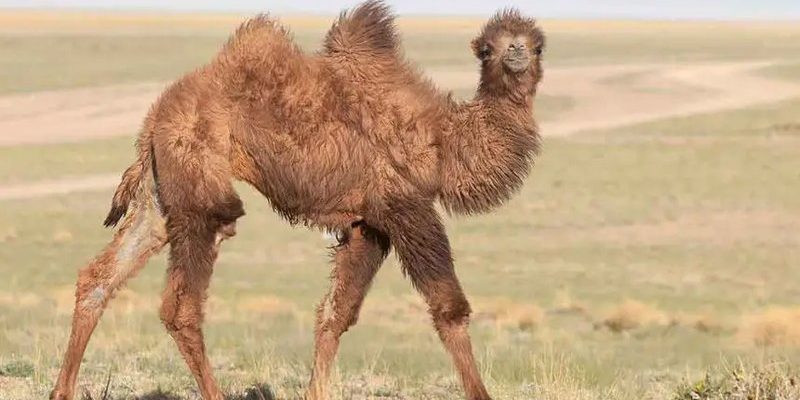
So, what do these camels eat, and how do they manage to find food in places where others might struggle? In this article, we’ll dive deep into the diet and hunting strategies of the Bactrian camel. Get comfy, grab that cup of coffee, and let’s explore the ins and outs of this remarkable animal’s feeding habits and survival techniques!
What Do Bactrian Camels Eat?
The Bactrian camel is a herbivore, which means it primarily munches on plants. But don’t let that fool you—what it eats is pretty interesting. These camels are known to feast on a variety of vegetation, including tough grasses, shrubs, and even some desert plants. They have an impressive ability to consume plants that other animals might reject due to their hardness or bitterness.
Here’s the thing: in the wild, food sources can be sparse. Bactrian camels have adapted to their environment and can go long periods without food or water. When they do find something to munch on, they tend to eat whatever is available to them. Their diet can include:
- Grasses
- Leaves from shrubs
- Roots and tubers
- Seeds and fruits
This flexibility in their diet is one of the reasons the Bactrian camel can thrive in such harsh conditions—if one food source dries up, there are always others to fall back on!
How Do Bactrian Camels Hunt for Food?
Now that we’ve got a handle on their diet, let’s talk about how they actually hunt for it. You might be wondering if camels actively hunt like a lion or a wolf. The answer is a bit different. Bactrian camels don’t “hunt” in the traditional sense—they graze and browse for food instead. However, their method of finding food is strategic and fascinating.
Bactrian camels rely on their keen senses to locate food, especially in wide-open desert landscapes. They have excellent eyesight and can spot food sources from a distance. This ability helps them determine where to move next without wasting energy. They often travel in groups, which can make food hunting easier. More eyes means a better chance of spotting that elusive patch of fresh greenery.
Let me explain a little further: during their travels, these camels will look for areas where vegetation is more abundant. They’re smart about conserving energy, too. Instead of wandering randomly, they seem to know where the food is likely to be based on their past experiences. This not only helps them eat efficiently but also keeps them safe from the harsh elements.
The Role of Adaptations in Bactrian Diet
You might be surprised to learn how well-equipped Bactrian camels are to handle their food choices! They have some unique physical adaptations that help them consume and digest tough plant materials.
For starters, their mouths have a thick lining that protects them from sharp thorns and prickly plants. Imagine trying to eat a spiky cactus—ouch! But with their specially adapted mouths, Bactrian camels can chew through these tough plants without any issue.
Additionally, their stomachs are multi-chambered, similar to a cow’s. This structure allows them to break down their food more thoroughly, extracting all the nutrients they can. Plus, their digestive system can handle high-salt plants, which is perfect since they often encounter such vegetation in their environment.
Water Conservation Techniques
Another remarkable aspect of Bactrian camels is their water-conservation strategies. They can survive without water for weeks, even during scorching days. Surprisingly, they can drink large amounts of water in one go, almost up to 40 gallons! When water is available, they drink as much as they can, storing it for future use.
By diving into their diets and food-hunting strategies, you see just how well Bactrian camels are adapted to their unique habitats. These adaptations aren’t just about survival—they’re about thriving in circumstances that would seem impossible for many other animals.
How Environmental Factors Influence Bactrian Diet
The environment plays a significant role in shaping the diet of Bactrian camels. Deserts, with their extreme temperatures and limited food sources, require these camels to be incredibly resourceful. For instance, during hot summer months, they tend to forage at dawn or dusk when temperatures are milder.
During these cooler times of day, Bactrian camels will travel for miles in search of food. Some might even take advantage of their long legs to reach higher vegetation that other grazers can’t access. Adaptability is key here; they can switch their grazing patterns based on seasonal changes, ensuring they find enough food despite the challenges.
Another important factor is the availability of different types of plants. When the desert experiences a rare rainfall, it can lead to an explosion of plant life. During these periods, Bactrian camels can consume a more diverse diet, helping them store extra nutrients for harder times ahead.
Interactions with Other Species
Interestingly, Bactrian camels share their habitat with a variety of other animals. Some of these cohabitants include horses and various rodents. While they mostly focus on grazing, their presence can actually affect the behavior of other animals in the area.
For instance, the feeding habits of Bactrian camels might encourage smaller animals to come and take advantage of the scraps they leave behind. When camels graze, they can sometimes make food more accessible for other species, creating a little ecosystem where all can benefit.
In a sense, Bactrian camels act as caretakers of their environment. Their feeding behavior helps shape the landscape, which contributes to the biodiversity we see in desert ecosystems. If they weren’t around to perform this role, it might impact the food sources for other animals in ways we don’t fully understand yet.
The Bactrian camel is truly a remarkable animal, and its diet and hunting strategies are a testament to resilience and adaptability. These camels thrive by being flexible in their eating habits, using clever strategies to find food in some of the harshest environments out there.
If there’s one takeaway from the life of a Bactrian camel, it’s the importance of taking advantage of what’s around you, no matter how tough your surroundings might be. Whether it’s in the wild or everyday life, we can all learn a little from these incredible creatures. So, the next time you think about camels, remember the Bactrian and its impressive survival skills—it’s more than just a creature; it’s a true survivor!

